The core promise of the Hippocratic Oath, taken by all doctors, is “First, do no harm” – Primum, non nocere (a Latin translation from the Greek). I have been thinking about this a lot recently amid society’s increasing awareness that the planet is burning; that we have squandered our resources and failed to protect the future. I try to recycle where I can, but I buy too many shoes. I try to shop local, but they don’t always stock organic. I have re-upholstered rather than replaced my furniture, but bought too many cushions.
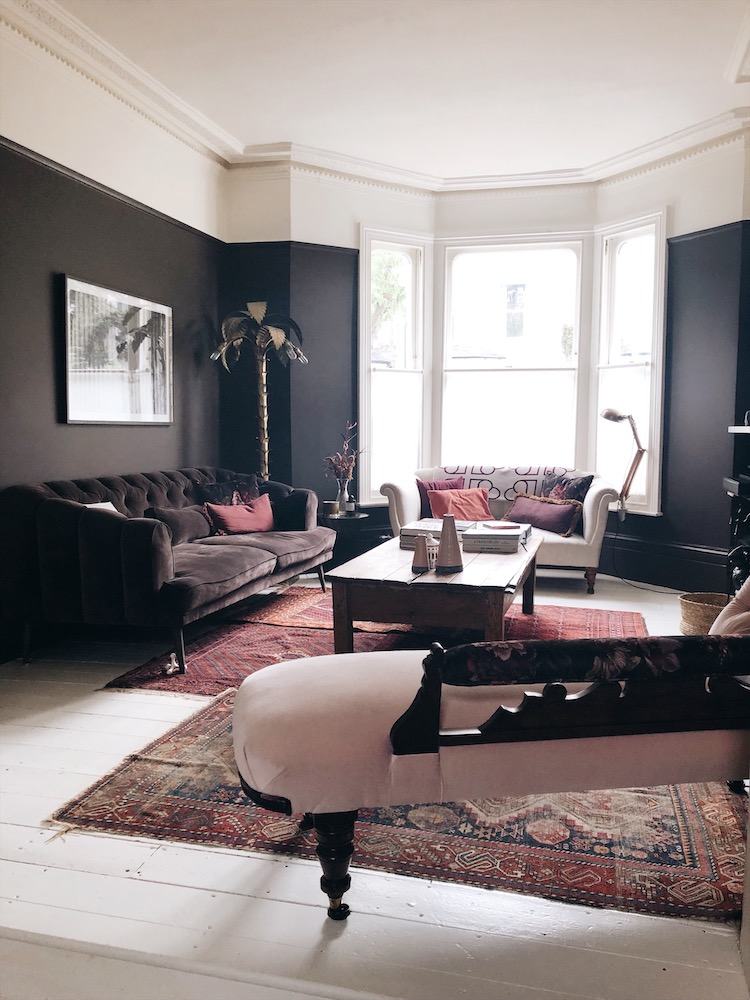
I was struck by a meme posted on Instagram which said, among a much longer list: “To the person who uses metal straws to save the fish but consumes animals, I’d like to say thank you. To the vegan who isn’t aware of homelessness… to the climate change activists who aren’t aware of fast fashion….. I say thank you. It’s not everyone’s job to save every part of the world but it is everyone’s responsibility to thank every person who is doing their part to save the world. Don’t critique, appreciate. Don’t judge, educate. We’re all trying our best.”
And I realised that, for most of us, it’s almost impossible to do no harm, but what if we all made a conscious effort to Do Less Harm? And crucially, to ask the businesses we buy from how they are doing less harm, so we can decide if they deserve our money.
There are three strands (or ‘Es’) to sustainability – environmental, ethical and economic – and too often I just see woolly statements from companies that they are working sustainably, but I don’t know what that means. Do you? We need to know. We need to choose who we give our money to, based on those three Es.
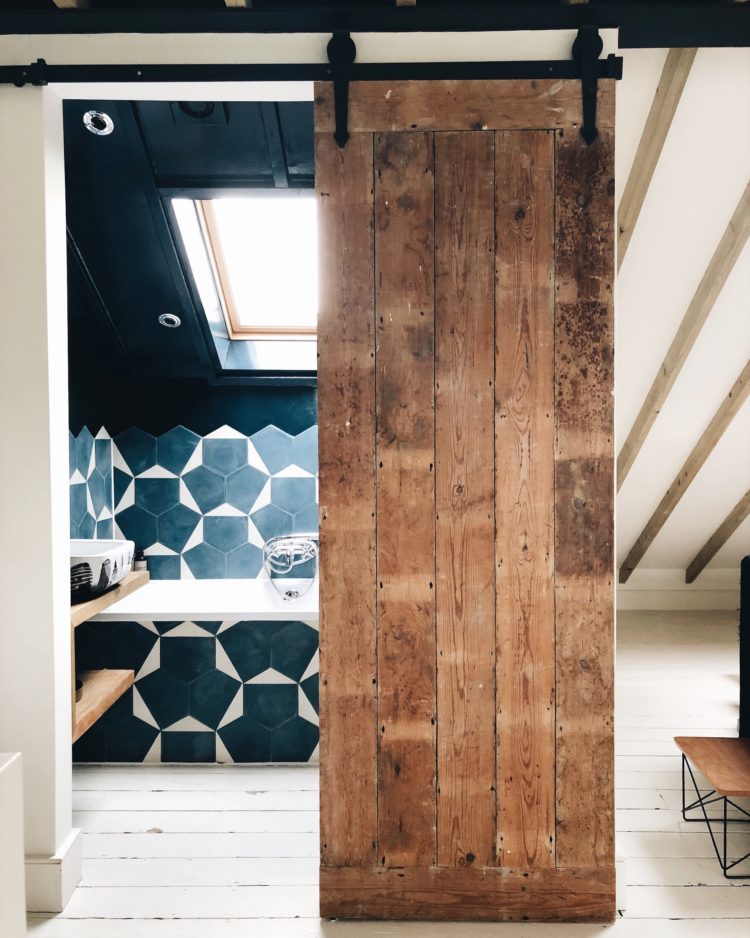
When it comes to interiors, there is already some progress towards using organic materials, sustainable wood sources, and reusing plastic. They are small steps and not yet sufficiently widespread. But there are at least people thinking about that end of things. I want to focus on the other end of the equation: getting rid of what we have, to make room for what we want. Most of us aren’t going to stop shopping. We work hard, we want to create nice homes to relax in when we’re not at work. I read about someone who has taken a vow not to fly and can’t see her sister who lives in Spain. That’s a big step, and one I suspect most of us don’t feel we can take.
But if you buy a new mattress, what happens to the old one? Yes, you can pay £25 for the company to take it away with them (likewise the new sofa, washing machine, oven). But what happens to it then? Landfill for 10 years? Longer?
I think we should be asking these questions routinely, so that we can all play our part and Do Less Harm.

While pondering this I came across Hypnos, suppliers of beds and mattresses to the Queen and Soho House Group. The company is carbon-neutral thanks to a programme of tree planting, they offer furniture collection and recycling services to ensure none of their products end up in landfill – their mattresses are 100 per cent recyclable – and they use no chemicals in their manufacturing process, as well as re-using discarded polymer-based bottles to conserve natural resources and reduce pollution.
They suggest asking your mattress retailer or manufacturer – whoever they may be – if their take-back or disposal service involves deconstructing the old mattress to enable recycled raw materials to be reused in other industries. It’s a process that will ensure your old mattress, which takes up 23 cubic feet of landfill space, doesn’t end up there.
Or what about the bedding company Rise & Fall, whose factory runs on wind power, using dyes and chemicals that are Oeko-Tex and GOTS certified, and where 99 per cent of the water used is recycled and the packaging is plastic-free?
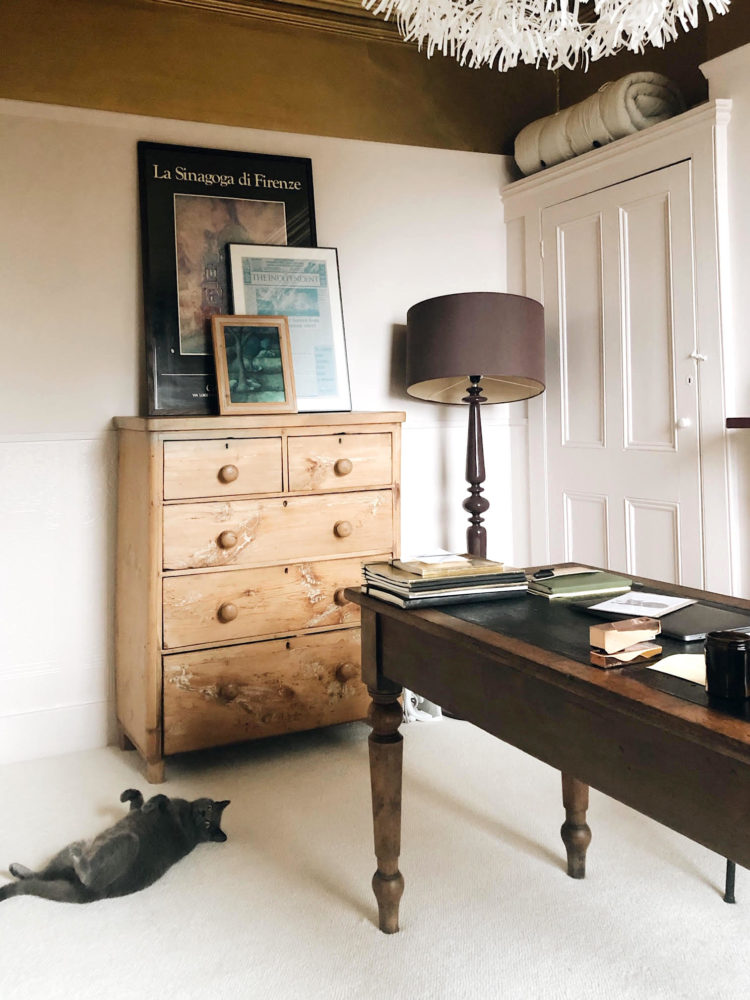
Yes, there will be some who say that’s not enough. But it is a start. And making a start still means we Do Less Harm. And shouting at people who are making an effort for not doing enough isn’t helpful. It just leads to a sense of despair that nothing we do is good enough, so why try at all? We have to begin somewhere.
And yes, Hypnos mattresses are expensive – but this is a question of mindset, rather than economics. It really doesn’t matter where you shop, my point is that it’s up to all of us to raise our expectations of the brands and products we put in our homes – whatever the price point.
I want to create a directory of companies that are genuinely trying to Do Less Harm. So that you, when you shop, know what questions to ask and can base your purchasing decisions not just on the colour and size of the new one, but on what will happen to the old one. I want to come up with a list of questions for companies to answer about how they are doing less harm. But we can start with the 3Es. Environmental: are there solar panels on the roof of the factory for example? Ethical: do their workers have fair working conditions? And economic: Do they give old or surplus pieces to charities or organisations that can use them? Are they investing in better environment and ethical choices? Where are their products made and how do they get here?
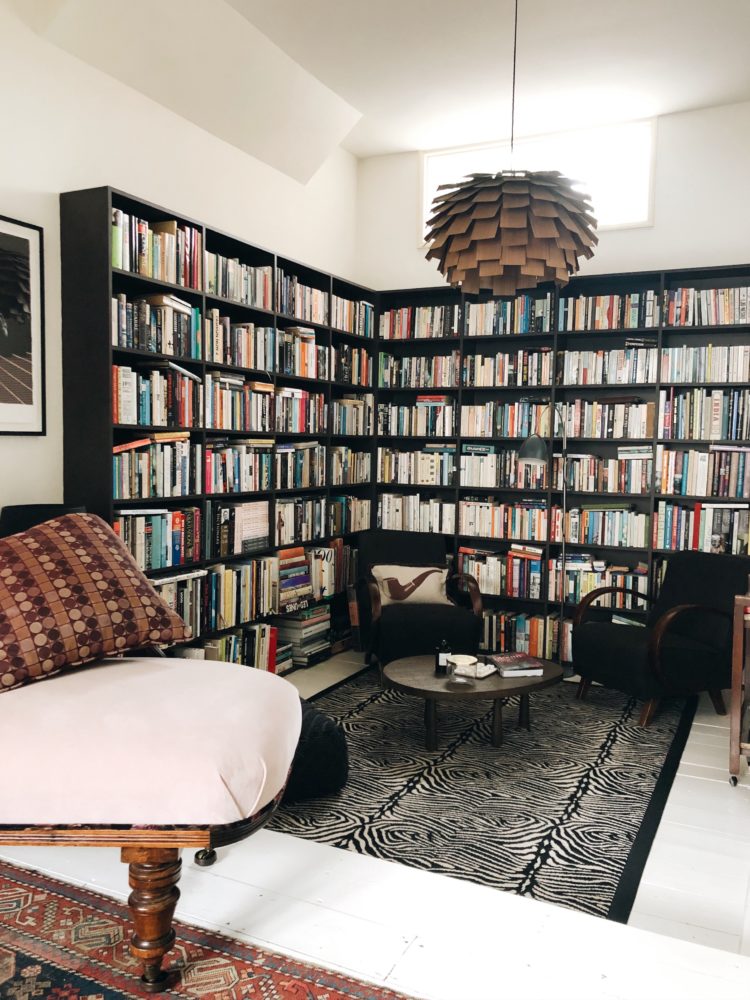
But, as I say, not everyone can afford to shop sustainably or locally but we can all think about how get dispose of the old to make way for the new. We can applaud companies who are making an effort to do less harm.
And I need your help for this. Because I am not an expert. What I am is a journalist who is trained to ask questions. I’m happy to ask them but I want you to tell me about companies who are doing less harm. And not just paying lip service to it.
But also because it’s not always easy to find that information. Why bury it? Perhaps because they haven’t got much to say? Or because, at the moment they don’t think we’re that interested? We need to show them that we are interested and that we will reward those companies getting it right with our money. Too often I see brands being shouted at because they’re perceived to not be doing enough. But they are the ones who are trying to do something. And if we encourage and reward them with our money they will do more.
A few weeks ago I dug into the John Lewis website and eventually, with the help of Google, was able to download a report which stated that transport contributes to more than 40 per cent of the company’s operational carbon emissions. So they are aiming for a zero carbon transport fleet by 2045, which means switching to fully electric heavy vehicles. But, as we know, the technology just isn’t there yet. So in the meantime the company has invested in biomethane trucks; by 2028 all its heavy trucks will be converted, and able to run for 500 miles on the gas that is created as a by-product of decomposing food waste, while emitting 83 per cent less CO than standard diesel alternatives.
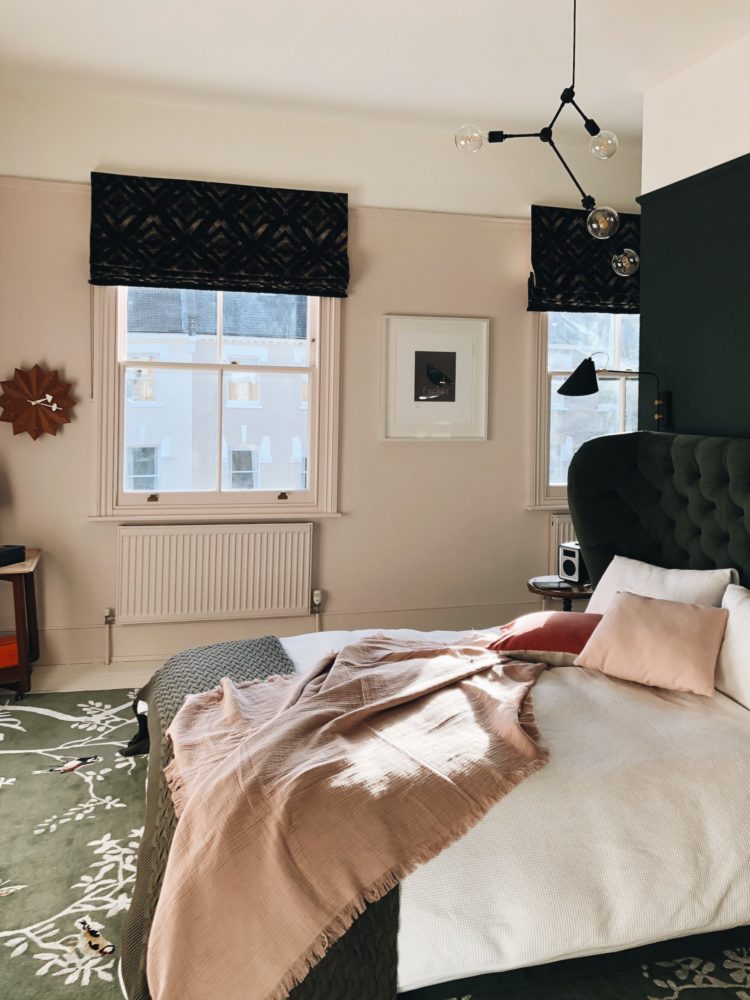
And of course, there will be those who say that’s not enough. That it’s taking too long. But John Lewis are doing something. They are starting. They are trying to Do Less Harm. And perhaps we can do our bit to speed things up by asking questions, shopping smart and helping the big companies see that we want these changes to happen, so that they respond to us.
When it comes to our own homes we can all make sure we dispose of our old things responsibly. That we buy carefully – things we love and that will last. And that we take the time to repair and mend them. I have re-upholstered two sofas and bought vintage chairs from eBay. My main sofa was new when I acquired it, but I gave my old one to the daughter of a neighbour for her first home. My desk was also from eBay (an antique), and I gave the sofabed away to someone who had just the right space for it in their flat.
Yes, the issues surrounding paint add up to a big subject, and it’s one that I plan to tackle in more detail shortly. In the meantime, I want to build up information on flooring and lighting, furniture and fixtures. Because only when we think to ask can we find the answers, and only once we have those, can we be sure that we are trying our hardest to Do Less Harm.
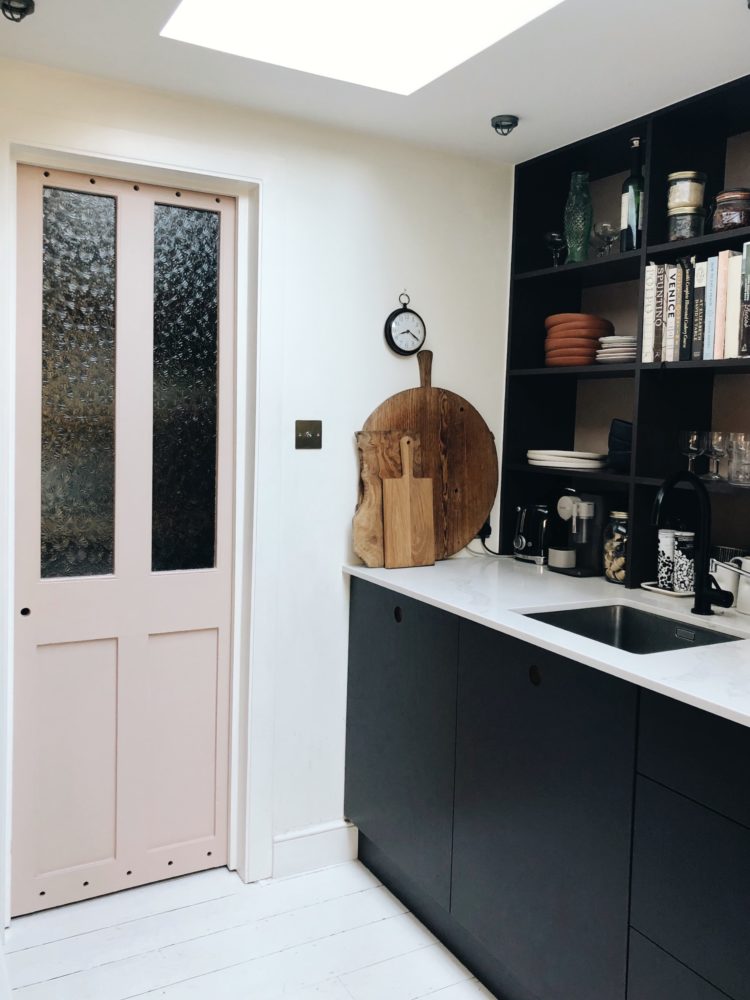
Is it tokenism? I don’t know. But trying to do something has got to be better than doing nothing, and in the absence of the big Governments taking notice and the light of some terrifying news reports about the future of the planet, we have to try, however we can, to do something. To #dolessharm.
Join me in using the hashtag on Instagram if you come across a company which is trying, or if you have tried in your own home. You can email me on Kate at madboutthehouse.com with the hashtag #dolessharm in the subject field and together we can discover more, and create a resource that will help all of us, individually and collectively, to #dolessharm.
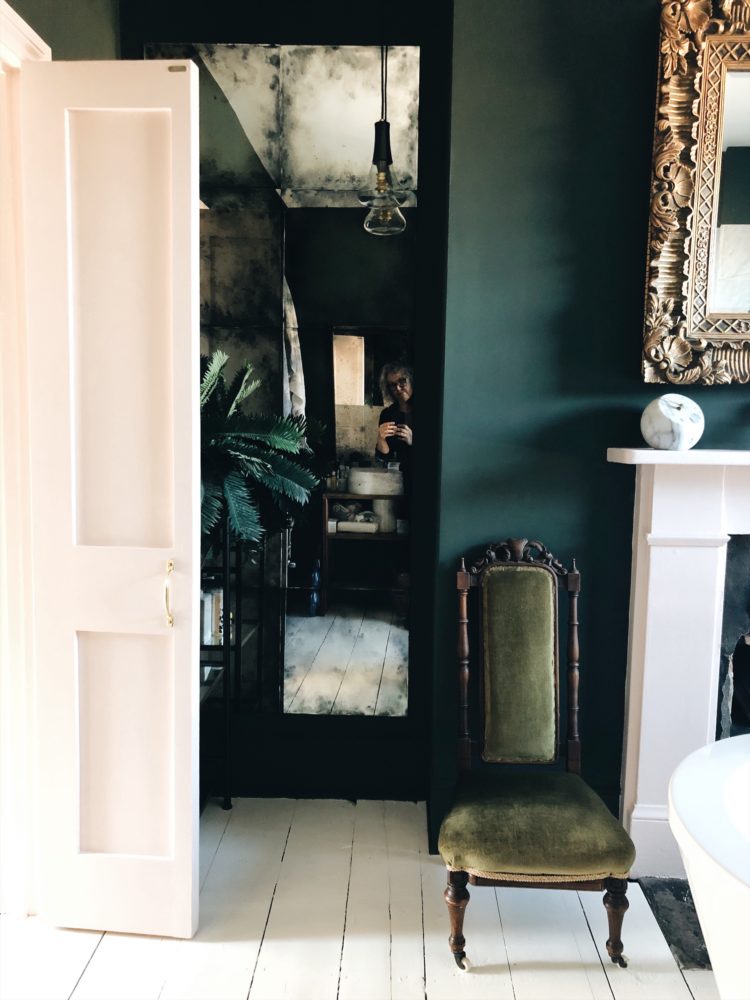






It is of course perfectly possible to get to Spain without flying, it just takes longer.
This is a great initiative. It’s so important that as consumers we aren’t afraid to ask questions and to challenge wooly statements around sustainability/ethics. Interiors is also at risk of moving into fast fashion territory where we are made to believe that we need to keep updating our houses every season at a time when we desperately need to curb consumption and a throwaway culture.
That said, we are in the middle of a total house renovation and I have found it incredibly difficult. I wanted to reuse far more than we have been able to – in many cases the cost of making something usable again far outstrips the cost of replacing it. That said, there have been some good finds along the way so far and now we’re into the ‘putting it back together’ phase, it is becoming easier to ensure that we source things like paint/flooring etc. as carefully as we can.
Kate, What a fabulous article. I’ve long been a fan of Freecycle.org , iloveFreegle.org and use them regularly. It’s a mistake to believe that something you no longer need is of no use to someone else. It’s an absolute win/win when something that would otherwise go to landfill goes to someone who needs it. The emphasis is not on giving to those who want stuff for free, but avoiding the end of its useful life.
In my own life and business I am trying to move in the right direction. With other likeminded businesses I list on Bluepatch.org. It’s a great place to source ethically made products and services.
Some steps in the right direction are, of course, small and others larger. Our victorian home is poorly insulated and the windows single glazed with the original glass and 120 year old timber. I found my husbands arguments for double glazing compelling – for comfort and reducing heat loss – but resistant to the idea of UPVC on so many levels. His arguments for less maintenance proved weak. It may seem economical, but is a short-lived replacement that may only last the equivalent of 2 or 3 decoration cycles, before needing further replacement. We have chosen to replace only the glazed parts of the windows with double glazed FSC softwood components, keeping the original timber wherever possible. The remaining timber will be repainted with water-based products. This approach is absolutely on the #dolessharm band waggon. Keeping what is good, reducing the new, avoiding plastics and waste and sourcing as locally as possible. The company we are using had a completely different mind set to others we spoke to. They actively discouraged the replacement of the front door and offered to draft seal it for free. As I like to do my due diligence I’ll not recommend them until the work is done, but I’m in love with the concept and ethics. The cost is as high as a complete replacement, but the value of what we already have is not wasted. The glorious Victorian mouldings stay, hurrah, but I WILL miss seeing the world through the cockely old glass!
Premier Inn also use Hypnos Mattresess so much so they have a bespoke one and if, like us you have a very good night’s sleep on the Hypnos Matress you can order one. The old one is taken away for about 35 pounds. Need to read all the comments but in truth us born in the 40’s and 50’s have always reused, made do and mended.
What I want is better control of Fly Tippers. We are having a country break in Kent and pass 2 abandoned single mattresses each day near West Mallng in a single track lane! I would want a way to track who sold the matress and who to. There’s not much of a market in second hand mattresses so it would be a positive measure.
We have been mulling this over for some time now, how we as a small business can make a difference, and your article has made us realise that we already are. We are all becoming more and more conscious about how our daily habits and behaviours can impact our planet, positively or negatively, which is such a good thing because it’s only then that we can seek out and implement ways to change. Although sometimes the problem just seems too big and we feel too small. Your article has prompted us to add a page to our website to tell people about what we already do towards being a sustainable business and it has given us loads of ideas for changes we can make to keep on improving. Thank you so much for giving us the gentle nudge to realise we’re not doing too badly and that it’s ok to start small, just as long as we do make changes and stick by them.
Fabulous post Kate (and really encouraging to see another man out there!). I think the number of comments received shows you have hit on something a lot of people have empathy for. The message that we cant change everything, and we might not get everything right, but doing something is within us all, resonated with me. Thanks for dropping the stone. It has already created ripples. Who knows what will come from the ripples. And I for one am always happy to see the inspirational photos of your home- I have copied a few already in my home!Keep up the good work!
How about setting up a website that acts as a directory. Instagram will raise awareness but if I want to know where to buy my bedding then Instagram won’t help me find a suitable destination unless someone happens to be posting something about eg Rise & Fall (which I bought on your recommendation and love so much that I have stopped buying White Company linen despite a 10 year strong addiction to White Company bedding). Similar in concept to this: https://useless.london/
What an excellent post, Kate!
Personally, I often feel overwhelmed by the task ahead of us all in this disastrous state we’ve allowed ourselves to be dragged into.
Breaking it into bite-size chunks, as you have done here, makes it seem far more do-able. I recycle everything I am able, I buy from my local organic farm shop PLAWHATCH (no packaging), mostly I use organic paint (the dregs are compostable), I buy second-hand from eBay and charity shops.
I have recently discovered where we can send lightly-used / unused make-up . . . GIVE & MAKEUP.
And underwear (lightly used or new and washed of course) SMALLS FOR ALL.
“If you’d be happy to offer it to a friend then it’s good enough/clean enough…”
I think you’re onto an excellent idea to create a resource for the 3 E’s and you have the readership/followers to help !
Bravo Kate
I love you Kate. I feel I am a good steward of the earth. That being said, I don’t want to live my life feeling guilty every time I don’t use both sides of the toilet paper. I think if companies (who are giving consumers what they desire) quit with the excessive packaging of their products, it would make a huge difference. Just my take. I absolutely love your podcasts!
I’d also reccomend Alphabeds for organic handmade mattresses and Lakeland paints
A very welcome move – thank you! The Cradle to Cradle design ethos might be a useful source? I read a book about it some time back but I think there’s also a badging system for products/companies that qualify. https://en.wikipedia.org/wiki/Cradle-to-cradle_design
THANK YOU 🙏 Kate, yes I want to be part of your campaign as an “ imperfect tryer”. I am building a holiday cottage in Yorkshire with Karen Knox from @makingspaces and she is brilliant at this. The first job was to tell the builders our rules 1: We reuse 2: We Sell/ give away/ repurpose 3. We recycle off site 4. Minimal waste. I agree the first steps are to talk about it and share ideas. I abhor this fast fashion culture in home making and am proud to have recycled my kitchen units three times now (just with paint and chopping bits off) When I have finished and Karen Knox styles the room we will definitely use #dolessharm on instagram . More please
So good to read your post. I’m a researcher and with my researcher hat on, I would really like to push the issue of working lives in these diverse areas as well as the environmental concerns. I don’t think that you can achieve goals in sustainability without looking at the ways people work – be it in retail, textiles and so on. We know it’s bad (very, very bad) in fashion but appalling working practices don’t just stop there. Good luck, Kate! And more power to this project! xxx
Sonia raises a very interesting point. I was unwell last week and spent a lot more time browsing Instagram than I would normally and began to feel rather uncomfortable with some of the content. All the accounts I follow are interiors related and many of them have made (or furthered) their careers out of being on the site, which is great. However as ‘influencers’ the message some of them are sending out is the antithesis to the point this blog is making. When someone is asking their followers whether they should get rid of their perfectly good cooker, because they have redecorated and they ‘fancy a change’ – the cooker was cream btw hardly a colour that could be said to clash with their now grey cupboards and white walls! – you have to question the ethics. This may have been an attempt to ‘influence’ a cooker supplier into gifting them a new cooker for all I know, but it still reinforced the conspicuous (and often pointless) consumerism on some of these accounts. Many of them seem to redecorate on the principle of the Forth Road Bridge, no sooner have they finished than they start all over again, presumably to create ‘content’ for their followers – very few of them make any mention of recycling, donating or re-selling any of the usable items they are replacing. There are always honourable exceptions of course, and some are dedicated to showcasing the benefits of re-using, recycling and creating individual homes without breaking the bank and damaging the planet. There has been plenty of publicity about the potential damage exposure to unobtainable ‘perfect’ lives/homes, as created on social media, can do for the well-being of followers, maybe we need to think about the environmental concerns too. As a committed interiors obsessive and retailer for the last 20 years (restorer and upcycler for the most part, but also new home accessories) I don’t want to be too hypocritical here, I think celebrating doing whatever you can is a great start, rather than demanding so much of people that they feel that they have fallen at the first hurdle and give up.
I really love that you’re tackling this! However I do think that meme you reference does serve to make people be complacent, to justify still shopping as long as we just ‘cut down’ or do ‘a bit’. Yes, we’re all at different stages, we all want nice homes, but actually to say it’s fine to just do a little bit is not factually correct. If you read the IPCC report from October it is explicit that reduction in CO2 emissions is needed way, way faster than any targets set by the government. The interiors industry is responsible for so much of this – think of all that fabric being produced. This isn’t really understood by the public (unless they are listening to Greta Thunberg) so education in every area is really, really important. If we have the privilege to make huge changes these need to be made, supporting complete system change – such as the circular economy – and holding companies to account and demanding change FAST. It’s not gentle and its not comfortable but its essential and I feel more urgent than we can comprehend.
I hear your point. And I agree. I referenced the meme, however, as I feel there is a lot of shouting in this area and I think many people feel scared to speak up about doing small things because they’re not big enough and afraid that what they are doing doesn’t make any difference and I know that meme resonated with a lot of people and made them feel that it was worth carrying on with what they were doing – and hopefully that they can do more. I am learning on this and hoping that I can pass on what I learn and that together our voices will become louder.
I totally agree that non-judgement and education is key, but I fundamentally disagree that we’re all trying our best. I think the meme resonated with a lot of people who want to be told they’re doing their best because they feel guilty (deep inside they know they’re not doing their best) and the meme made them feel better/validated because so many people shared and liked it. There was a great post on Aja Barber’s @ajabarber Instagram about this along with inter-sectionality in sustainability titled ‘this is not our very best’.
Interesting point. You may well be right. She makes an interesting point – I have linked for anyone who wants to read it.
In absolute agreement with Tallulah here-I found that meme hugely problematic, almost tipping into self parody: given up plastic straws but still flying every week- well done! It’s not enough to make the slightest of changes and play it as your trump card, that is almost worse than doing nothing at all. That’s not to say any of us our perfect and these changes will be easy, but most of us, especially those who pivot on projecting a certain image on Instagram, need to be honest about their lifestyles. Real change can not be realised by simply mildly tweaking the status-quo, that’s an ‘inconvenient truth’ for all of us, myself included. Your post is a great starting point and a lot of your home represents an ethos that works as a more sustainable model, showing that being stylish and ethical aren’t mutually exclusive concepts.
Yes to all the messages in this post! None of us are perfect, but if we all try we are definitely helping in some small way. I hadn’t thought about being able to reuse bits of mattresses, something I will definitely ask about when the time comes to change ours. And I’m all for reusing and reupholstering, I think it adds necessary character in addition to its green credentials.
I think we all have to start by asking more questions and that, at least, doesn’t cost money so isn’t budget dependent.
If you will forgive me for saying so, you decorate like my mum. And I mean that in a wholly positive way – back in the day, our parents bought furniture that they kept forever, and “redecorating” usually meant a different paint colour. It sometimes meant new curtains or re-covering the sofa, but only when they needed it.
I have always liked that your updating is often about smaller changes that make a big difference, like paint, or putting wintry things away and getting out your summery things. I think one of the most pernicious things in this tide of instagram “hauls” is the constant encouragement to purchase not the big things but accessory “tat” that is cheap, replaceable and headed for landfill. Most people aren’t buying a new sofa every year I am sure, but they probably are encouraged to buy a new set of towels or cushions every year in the guise of “updating your look.” One of the best things we can do is shop our own houses. Put stuff away and get it out in 6 months, or move it around, and it will seem new.
I’m a big fan of shop your home and flattered to be compared to your mother! The older I get the older my possessions seem to be!
Wonderful post Kate and wholeheartedly agree. You can so easily get bogged down with the feeling that my small contribution is just a tiny drop in the ocean, but we’ve got to start somewhere and that’s how momentum builds. And totally agree every small step should be applauded. Hear hear – can’t wait to see what brands you uncover! I source from Vinterior a lot (amongst others) – a wonderful treasure trove of vintage and recycled loveliness, which is not only kind to the environment, but also helps to fill interiors with bundles of character and charm 🙂 Brooke
Not more pictures of your house please. It’s not that wonderful…
If you don’t like her house then you definitely should find a different blog to read!
(hope the rest of your week is less miserable)
Thank you!
Goodness that is a bit mean! The pictures are pointing out certain items in this case, and quite frankly the words are far more important in this particular post. Please be kind, there is no need to vent at someone I’m fairly sure you wouldn’t speak that way to in person.
Thank you x
I appreciate that not everyone wants to see my house all the time but in this instance it was all about the words and the pictures were incidental. I used them because that way I know where everything comes from which felt correct for the nature of this post.
Bravo Kate!
We are undergoing a whole house renovation and it feels like a bloody minefield to buy responsibly and consciously. We’ve set ourselves a couple of goals; to try and buy UK manufactured products which reduces transport carbon emissions and also supports UK employment etc. And it takes a little bit of research but its not hard to find out more about fair working practices, diverse representation on company Boards, and policies to tackle gender pay inequality and modern slavery (yes, we are so much fun at parties).
Do keep in touch with me and let me know what you find and I can add it to the directory….
Love the premise of this campaign Kate. It would be nice if we could completely transform for the world but it’s much more practical to work with how it is and to seek solutions within that framework. Totally agree that we should acknowledge companies that are trying hard (fascinating to know about Hypnos) and also keep the pressure up on ones that could do so much more, or that use greenwashing to lull us into a false sense of less harm doing (H&M). Thank you!
Good idea to create a resource like this. Did you see the war on plastic last night about wipes? Horrific. We have a responsibility as a consumer to make educated choices, but it is not always easy as there are an awful lot of things that we simply would not buy if we knew the truth about them. Corporations I feel have a duty to not produce items that are actively harmful to the environment. After all, they live on this planet too
I didn’t see it but I have stopped using wipes – why do they even have plastic in – and recently bought washing cotton wool pads for taking make up off. You’re right – it should be up to companies and corporations but so far they’re not doing it so it will have to start with us and hopefully brands will react.
excellent post
Thank you so much.
Well said, Kate. Thank you.
(I thought for one moment there would be no Enid in any of the photos, but thankfully she is there.)
I’m so glad you mentioned paint. The disposal of it vexes me, basically because it’s so difficult. Local Authorities generally don’t take it and I really don’t see why not.
If you buy posh paint, it is water-based so why can’t it be poured away somewhere? Yes, I know there is the pigment issue but surely an organic compound can be created to break up the pigment ?? And let’s not go near acrylic or lead-based paints…
I hate creating a beautiful house and garden, only to have it become unsightly because there are loads of old paint pots lined up outside for 6 months full of dirt, waiting for it all to harden so that it can go in the landfill bin ( and I don’t over-buy).
I live in a small terraced house so this is a real issue.
Hi Mandy – there are social enterprises out there who will take and use old paint – one near me in Leeds is called Seagullsreuse :https://seagullsreuse.org.uk/. Often local authorities do the same – re-using the paint for people who can’t afford to decorate. It would be worth googling local organisations and also calling your local council. Catherine
That’s really good to know, thank you for sharing Catherine .
Paint can be sent to places on this list at Community Repaint. https://communityrepaint.org.uk/